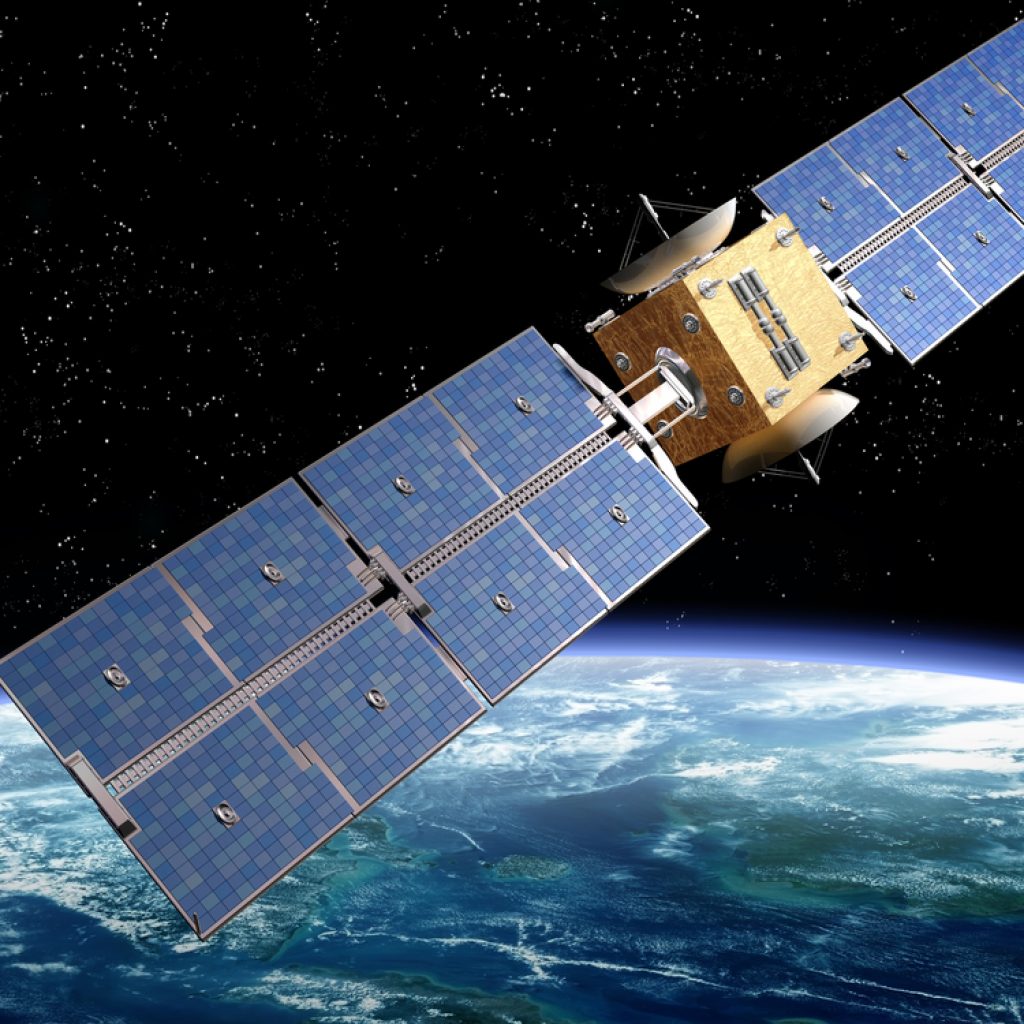(StartupNG) China’s Micius satellite sends elements of light down to Earth to institute the globe’s most secure message link in the midnight–not visible to anyone but particular telescopes in two observatories of China. Named after the historical Chinese philosopher Mozi, Micius is the first quantum satellite in the world and has, for numerous years, been at the front position of quantum encryption. Scientists have recently announced using this technology to achieve a key milestone: safe long-range communication you might trust even without unquestioning the satellite it operates through.
The satellite works as the foundation of pairs of tangled photons, twinned light elements whose components remain intertwined no matter how far distant they are. In case you influence one of the photons, the other photon will be relatively affected instantly. This property lies in the center of the most protected forms of quantum cryptography, the tangle-based quantum major distribution. If you make use of the tangled particles to design input for encoding messages, only the person having the other particle can be in a position to decode them.
Micius has, in the past, produced tangled photons and distributed them to two observatories on the ground, which is 1,200 km apart through special telescopes. Scientists revealed that the photons arrive on the Earth’s surface tangled the same way they were in orbit. A new Pan Jia-Wei’s lab paper published in Nature reveals that Micius has yet again successfully brought tangle-based quantum cryptography to its inventive ground stations, which are 1,200 kilometers apart. However, this time around, the satellite sent concurrent streams of tangled photons to the stations on the ground to institute a direct link between them.
It gave them vigorously, unbreakable cryptographic security without the call for trusting the satellite.
Quantum Satellite of China Facilitates First Completely Protected Long-Range Messages

Illustration of a satellite orbiting the earth